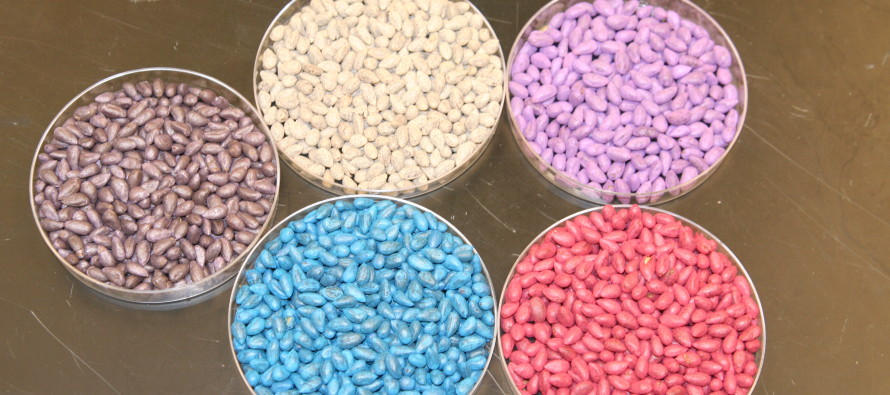2023 Recommendations for Thrips Management

Related Articles
- Calcium and Magnesium For Mississippi Crops 1
- March 11 Precision Agriculture Workshop 0
- Ground Speed Affects Spray Droplet Deposition 0
Latest Tweets
Since the development of widespread resistance to neonicotinoid seed treatments, we have been recommending the use of Acephate (Orthene) at planting, either as an overtreatment at 6.4 oz per cwt or up to a pound in-furrow. For several years, this additional at-planting treatment minimized the need for supplemental foliar applications in most situations. Moving into 2023, we are no longer recommending the use of Acephate at-planting. Since 2020, there has been a steady decline in the overall efficacy of organophosphates on thrips in the midsouth. Looking at the data in the figure below, you can see that Gaucho seed treatment alone provides the same level of control as Aeris, AgLogic, Gaucho plus Acephate (both overtreated and in-furrow).
If foliar treatment is needed, remember that the threshold is an average of one thrips per plant with immatures present. Generally, the presence of immatures is a good indication that seed treatments are no longer providing control. In years where we have extremely high thrips numbers, you may need to treat based solely on adults in some situations . It will be important to let the plants guide your decision-making process. In previous years, there have been a few calls on treating thrips after the normal window of susceptible (4 leaf stage), and in some cases treatment is warranted. If there are numerous thrips per plant present, but the plants are developing well and look healthy, I would not recommend treating. However, if you have numerous thrips present and the newest leaves are showing damage, I would consider making an insecticide application. It is going to be important to base your decisions on the damage found on the newer parts of the plants, do not make your decisions based on old damage.
Pros and Cons to foliar treatments:
Acephate (Orthene):
Strengths: Relatively inexpensive, more flexibility.
Weaknesses: Decreased efficacy over the last few years. Seeing less than 50% control on most populations. If aphids or spider mites are present, even in low numbers, has the potential to flare secondary pests.
Bidrin:
Strengths: Less likely to flare spider mites and aphids
Weaknesses: A little more expensive, and in some places we have also seen a decrease in efficacy with this product since it does have the same mode of action as Orthene. Bidrin is providing about 65% control.
Radiant/Intrepid Edge:
Strengths: Currently provides the best control. Less likely to flare secondary pests.
Weaknesses: Tends to be more expensive compared to other options. Needs an adjuvant.
There are a few things to consider when making a management decision, including cost, the level of control, and the impact on other pests. For example, Acephate and Bidrin provide relative similar control, but in some cases Bidrin is providing slightly better control. Also Acephate is more likely to flare secondary insects compared to Bidrin. Intrepid Edge is by far the best foliar insecticide that we have for managing thrips. However, cost and product availability may impact management decisions. If you decide to spray with something other than Intrepid Edge, please be mindful that you are likely to get okay control at best. The goal is to keep plants as healthy as possible until the fourth true leaf. As cotton progresses beyond the fourth leaf stage, pay close attention to the new leaves as they emerge, as well as the number of thrips present. There may some situations that require an insecticide application after the 4-leaf stage. Remember the goal is to spray only when absolutely necessary.





We used 1 lb Acephate in furrow last year and left untreated checks in several fields. Thrips control was very effective for us. You could pick out the untreated 12 row strips very easily. We didn’t have to spray for thrips. We’re in Holly Bluff.